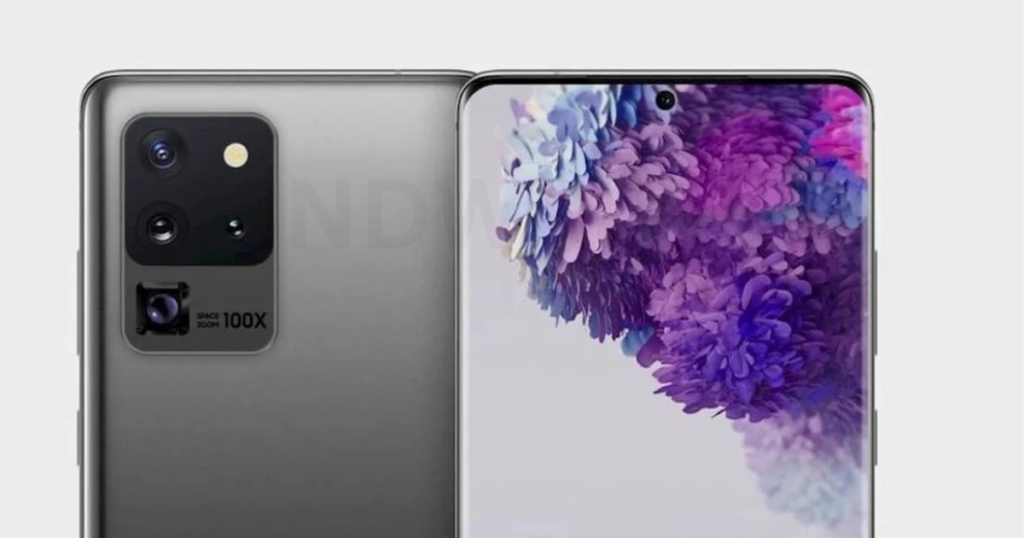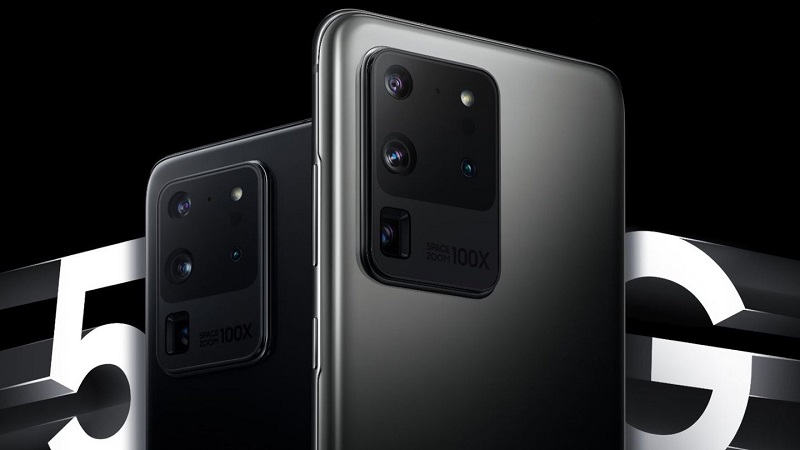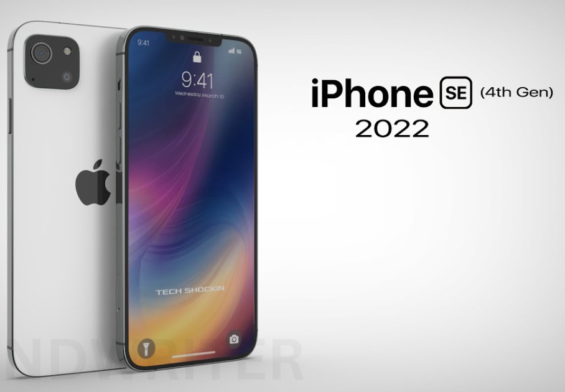One of Samsung’s best Android phones of all time, the Samsung Galaxy S20 Ultra, launched with the company’s most daring sales pitch. You can get the world’s most advanced 5G phone with huge camera specifications. Provided you’re willing to pay more money than ever on a non-foldable smartphone. Here we present Samsung Galaxy S20 Ultra Review.
A huge 6.9-inch display with next-gen fluid-scrolling technology will stretch your fingers. Five cameras will shoot 108MP images, 40MP selfies, 8K video, and 5G antennas with peak speeds 66 times faster than 4G LTE make the Ultra stand out.
With flaws like focusing and overexposure, the Ultra wasn’t the best camera phone at launch. Still, it’s a good upgrade over the Galaxy S10. Even with a camera software upgrade, we prefer the Galaxy S20 and S20 Plus in most non-zoom situations.
The Samsung Galaxy S20 Ultra is a new max-sized, max-specced phone. It has a 6.8-inch screen, but higher power, better camera, and compatibility with Samsung’s S Pen pen.
That makes it the superior phone, but it’ll cost you more than the S20 Ultra presently does – but the S21 Ultra’s launch pricing is cheaper than the Samsung Galaxy S20 Ultra.
Samsung Galaxy S20 Ultra: Release Date and Pricing
The Samsung Galaxy S20 Ultra release date was March 6, 2020, in the United States and Australia. On March 13, 2020, in the United Kingdom, with the S20 and S20 Plus, With 128GB of storage and 12GB of RAM, the S20 Ultra is the most expensive non-foldable smartphone we’ve tested.
If you require 512GB of storage and 16GB of RAM, the S20 Ultra costs $1,599 / £1,399 / AU$2,249. Sadly, there’s no 256GB option, which most videographers may need.
The good news is that you won’t need to max out your storage, thanks to the cloud and 5G connection. All S20 models offer a microSD card for up to 1TB of storage expansion if you run out of space.
However, the Samsung Galaxy S21 series is now available and may replace the Galaxy S20 Ultra. The new Samsung Galaxy S21 Ultra features slightly better specs and a better camera but costs $1,199 / £1,149 / AU$1849.
Samsung Galaxy S20 Ultra Review: Display and Overall Size
The Galaxy S20 Ultra is taller, not broader, with a 20:9 aspect ratio. You can still hold it with one hand and slip it into a deep enough trousers pocket, but you’ll need two hands to touch the entire screen comfortably. Although massive, its 6.9-inch screen misleads.
The 3200 x 1440 QHD Super AMOLED display is brilliant and pixel-packed. Yet, it also looks great at the essential Full HD+ resolution. The lesser solution saves battery life and – shocker – is the only resolution that supports the 120Hz screen refresh rate; QuadHD isn’t currently supported.
That’s OK; we preferred Full HD+ with 120Hz rather than 60Hz. This refresh rate rivals pure gaming phones like the Asus ROG Phone 2 and Razer Phone 2. The smooth screen makes fast-paced games and even Instagram browsing more enjoyable.
Selfies seem better than before thanks to a smaller punch-hole in the screen for the front-facing camera, and farewell to the wide dual-lens selfie camera from the S10 Plus, as there is just one camera integrated into this display.
The Ultra’s screen-to-body ratio, brightness levels, and compatibility for display standards like HDR10+ more than made up for our sometimes awkward handling of this vast phone. Not if you want today’s best smartphone display and don’t secretly desire iPhone SE-era proportions.
Samsung Galaxy S20 Ultra: Design
The Samsung Galaxy S20 Ultra is available in two colors: Cosmic Gray and Cosmic Black. A bummer for Ultra owners who desire more sparkle, as Cloud Blue is unique to S20 and S20 Plus models.
The displays still have a slight bend on the right and left edges, but not as much as previous S phones. So when we touched the boundaries with our grip and tried to hit the shutter button in the camera app. The phone repeatedly assumed we were trying to engage multi-touch and zoom in instead of completing a single click of a button. This phone’s palm creep is genuine.

Now that we’ve discussed the measurements (166.9mm x 76mm) let’s discuss the girth and weight. The Ultra is thicker (8.8mm) than the other S20 phones and the S10 phones (7.8mm- 7.9mm), and it has a more prominent back camera hump. Both are OK with us.
It weighs 220g (roughly between the S10 Plus at 175g and the Galaxy Fold at 276g). We think this is a great deal given the quick 5G mmWave technology, the 108MP camera, and the 5,000mAh battery in this cutting-edge smartphone.
That’s a genuine comment from one of the camera team heads at multiple phone manufacturers. Thankfully, the Samsung Galaxy S20 Ultra doesn’t sacrifice camera quality for style. And it’ll show off your 108MP images to more people than your phone ever would.
Samsung Galaxy S20 Ultra: Battery Life
The Samsung Galaxy S20 Ultra sports a 5,000mAh battery, while the S20 Plus has a 4,500mAh battery to counteract the power drain caused by 5G. When we weren’t testing 5G speeds non-stop, the Ultra lasted more than 24 hours.
The Ultra served 12 hours and 13 minutes in our battery drain test using T-Mobile LTE websites. Using the 120Hz screen cut the time by three hours, with the phone expiring at 9 hours and 13 minutes. The smoothness of a 120Hz screen was hard to resist, although you may want to turn it off while not gaming.
That matches the Galaxy Note 10 Plus, as does the Ultra’s 15W rapid wireless charging ability. Despite the massive battery, the 25W charger charged the phone to 31% in 15 minutes and 63% in 30 minutes.
Samsung Galaxy S20 Ultra: Quick Review
Pros
- Huge, 120Hz screen
- Excellent battery life
- Quality zoom photos at 10x
- Excellent selfie camera
Cons
- The primary camera softens faces too much
- Main camera hunts for autofocus
- 100X zoom and 108-megapixel photos are mostly gimmicks
- Expensive for the value
Samsung Galaxy S20 Ultra: VERDICT
The Samsung Galaxy S20 Ultra has 108MP photographs, a 100x zoom, 40MP selfies, and a 6.9-inch 120Hz display. With internal specifications on par with some computers, this phone will cost more than previous non-foldable phones, but that’s not unexpected. Some of the issues that prevent the Ultra from attaining its full potential are startling.




